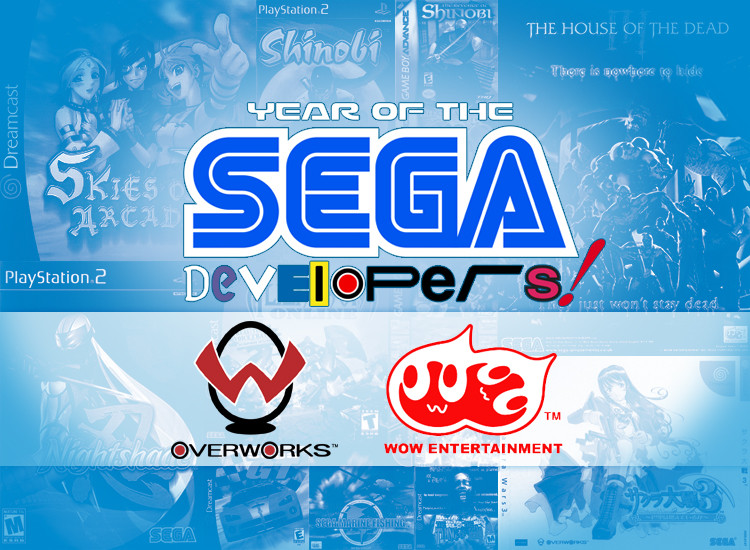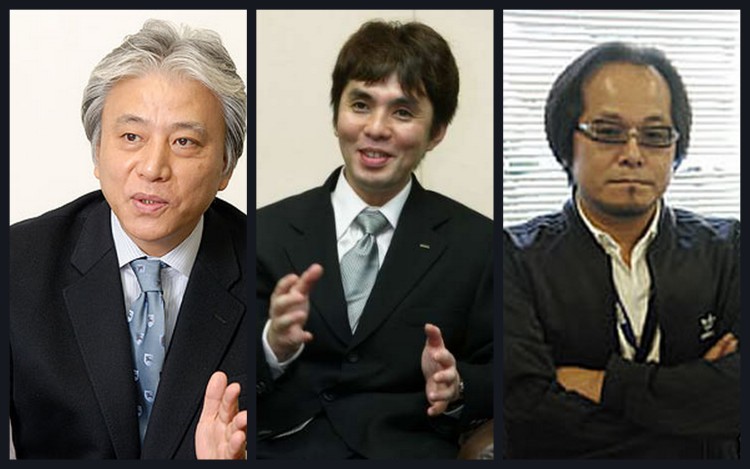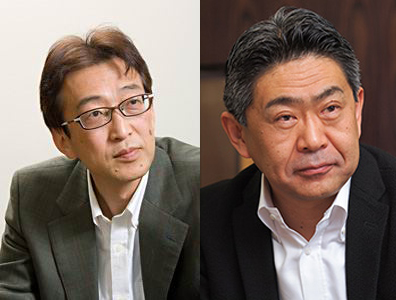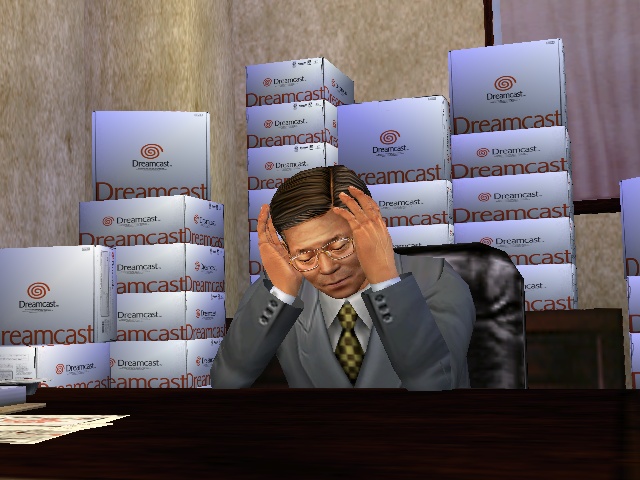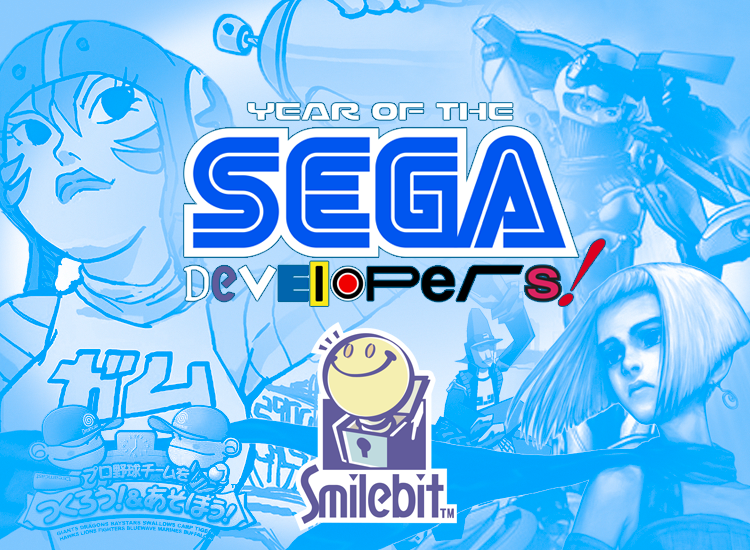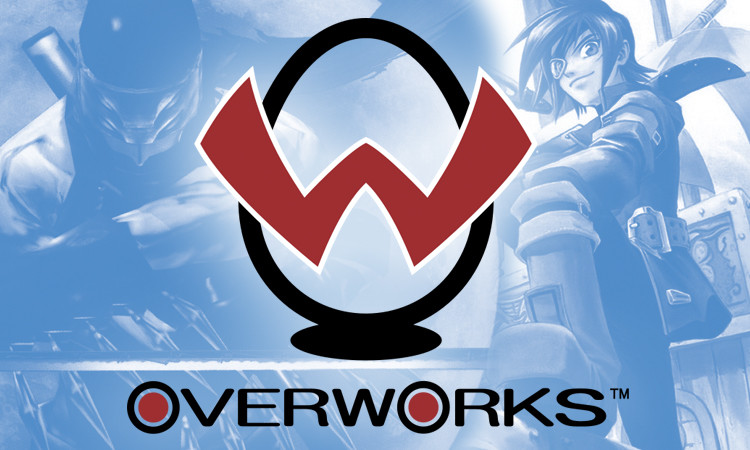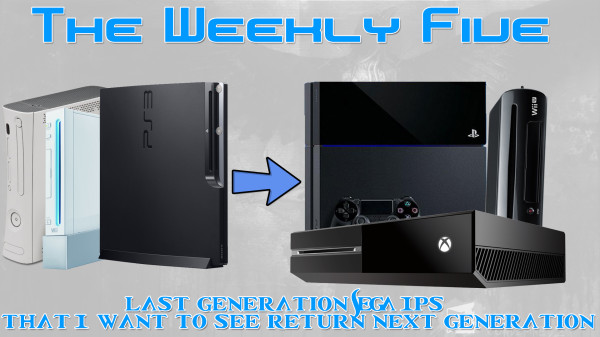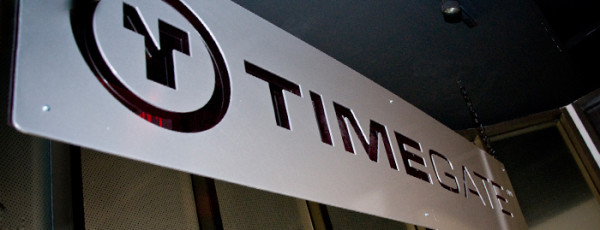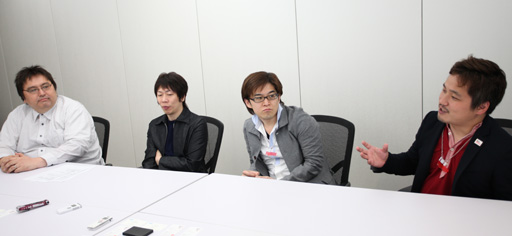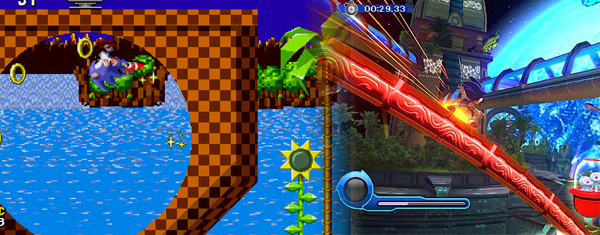Developer Retrospective: A look back at the games of SEGA’s WOW Entertainment
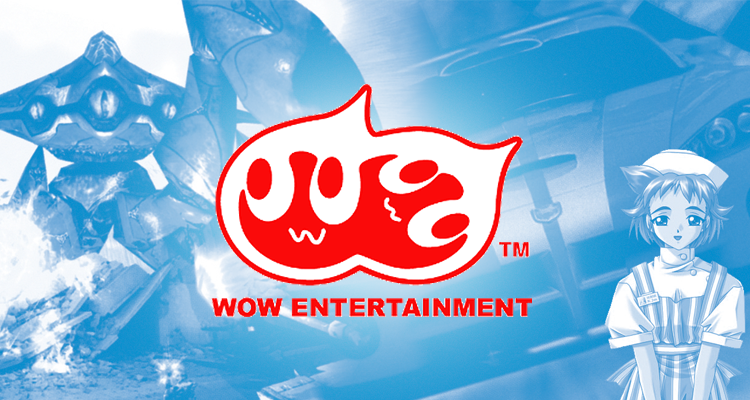
When SEGA WOW Month began, we took a look back at the games of SEGA’s Overworks. While Overworks existed for only a short span of time before merging with WOW Entertainment, this month has made it very clear that Skies of Arcadia made a major impact on SEGA fans. But what of WOW Entertainment? Unlike Overworks, WOW managed to release a large number of games spanning different genres on different pieces of hardware. From sequels to classic franchises like The House of the Dead and Columns, to new franchises like SEGA GT and arcade oddities like The Typing of the Dead, a collaboration with Namco, and a dog walking simulator. While WOW Entertainment can’t be pinned down to one iconic title, they more than made up for this with an amazing library of games!
Join us now for part two of our SEGA WOW retrospective, in which we take a look at the many games of WOW Entertainment.

